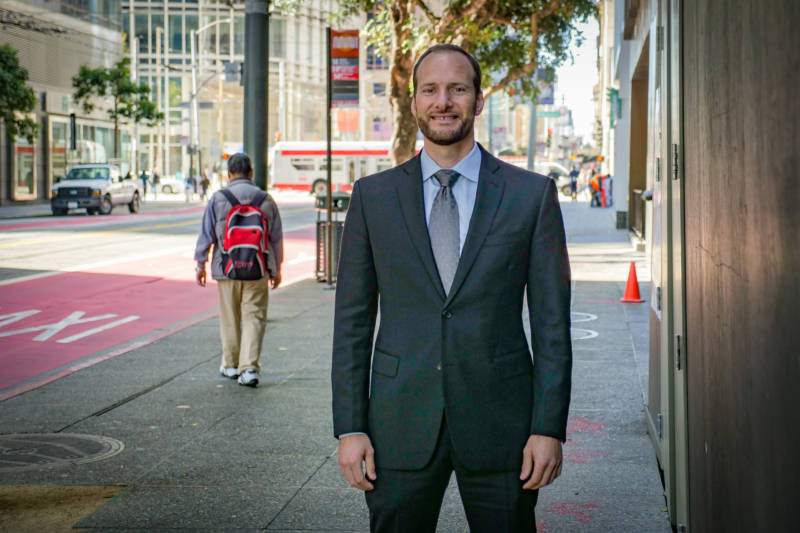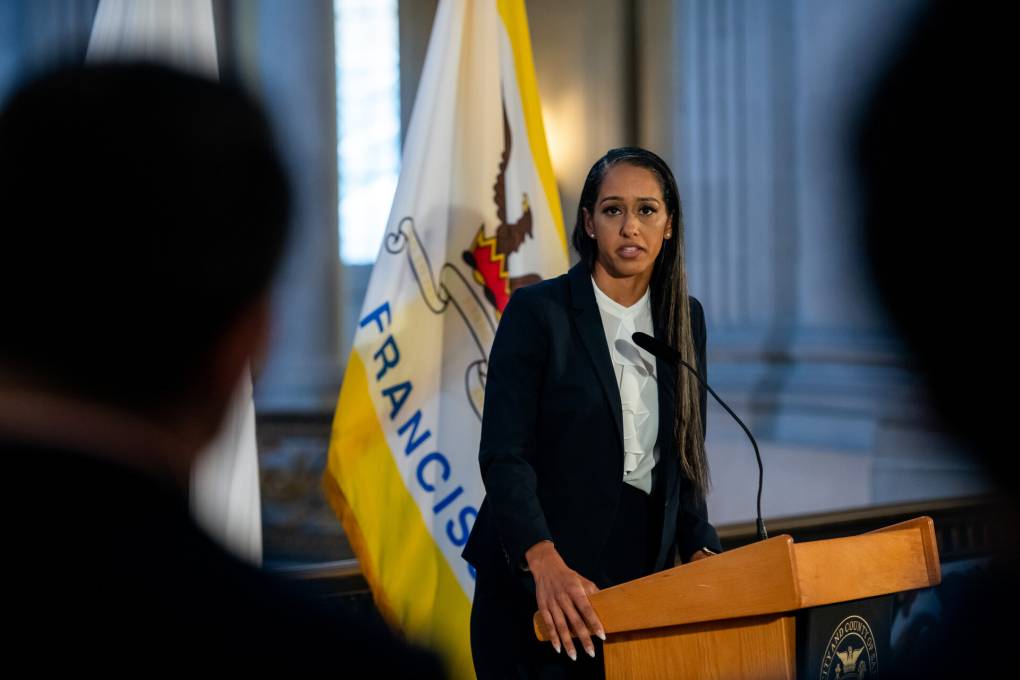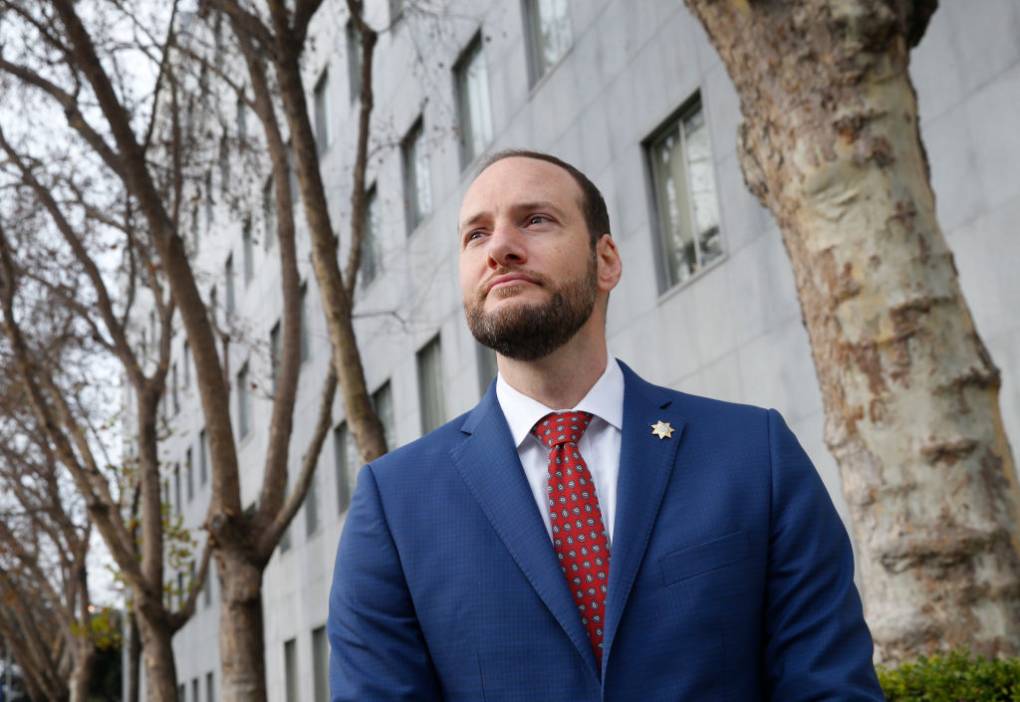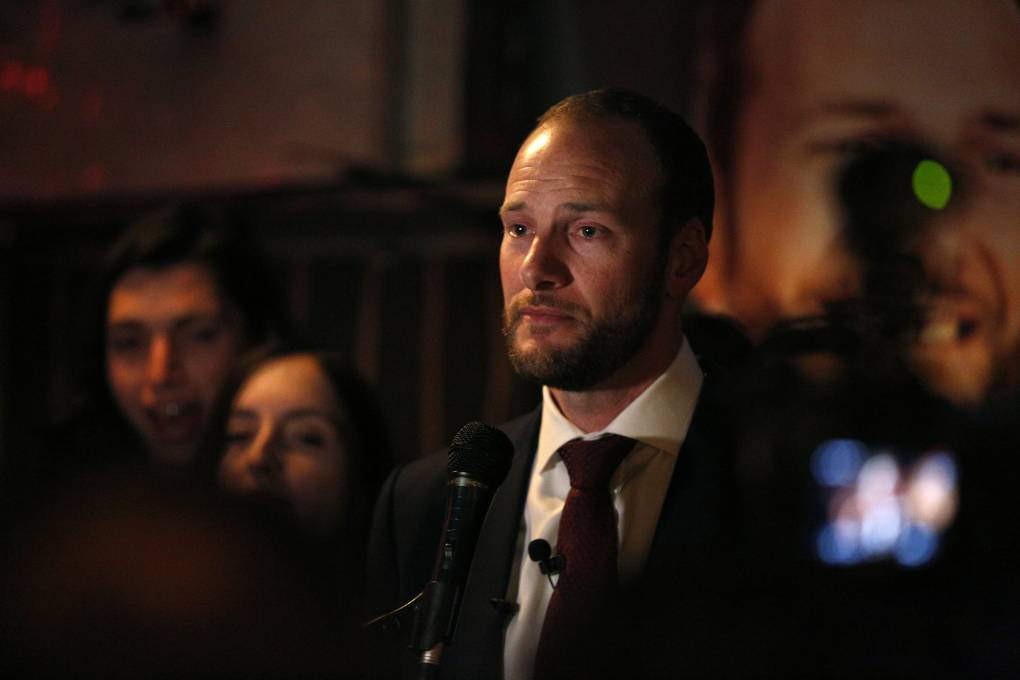The reality is, in any homicide, we cannot undo the harm that was caused. And that’s the weight that I carry as the district attorney every single day, in every single decision that I make, in every single case. It is devastating. And I know that only the families of these two women truly appreciate the depths of pain and loss and suffering.
But what we’re focused on is three things going forward. First of all, supporting the families through the grief. Second of all, holding Mr. McAlister, the man we believe caused this harm, accountable for what he did. And third, bringing together all the different law enforcement agencies who were involved in supervising or policing or holding Mr. McAlister accountable and looking at what we did, what we could have done, what we should have done in ensuring that going forward, we don’t have agencies operating in silos, but that we have better communication.
There are many people, specifically Tony Montoya, head of the San Francisco Police Officers Association, who are saying you’re responsible. That you didn’t prosecute and should have.
Let’s be clear about Tony Montoya and the POA. The leadership of the POA have been a really toxic part of San Francisco politics since way before I ever even ran for office. And they’ve been accusing me of horrific things and lies and spreading dishonesty. Not just about me, but about virtually everybody in public life in San Francisco progressive politics for years. It’s nothing new.
And much of the misinformation about this case is being spread intentionally by Tony Montoya and by the POA. Now, they can point fingers and they can try to get me to point fingers back. But as San Francisco Police Chief [Bill] Scott said, every law enforcement agency has to take responsibility for what they did or didn’t do.
In my case, of course, there are things in hindsight that we could have done differently. That’s true in every single case where someone who’s had prior law enforcement contact is involved in a serious crime. We don’t have a crystal ball. And the district attorney’s office in San Francisco handles thousands and thousands of cases.
When someone is on probation or on parole, we often rely on those agencies. It’s a question of efficiency, it’s a question of resources, and it’s a question of prioritizing violent crimes. When Mr. McAlister was arrested earlier this year, his arrests were nonviolent.
Given those circumstances, it was standard practice in my office way before I was sworn in — this is true across the state — to defer to the primary supervising agency. In this instance, it was parole, and parole has tools and resources and options available to them, far more nuanced and individualized than simply filing a new criminal case.
And we need to be honest about what filing a new criminal case in those first contacts he had this year after his parole would have done. Charging someone with a new nonviolent offense rarely results in ongoing incarceration absent a parole revocation. We trust parole and we continue to trust parole because they know the individuals they supervise and they have the tools and the expertise to do it.
Some have the perception that you are more of an advocate for people who break the law than the general citizenry of San Francisco. How do you counter that?




